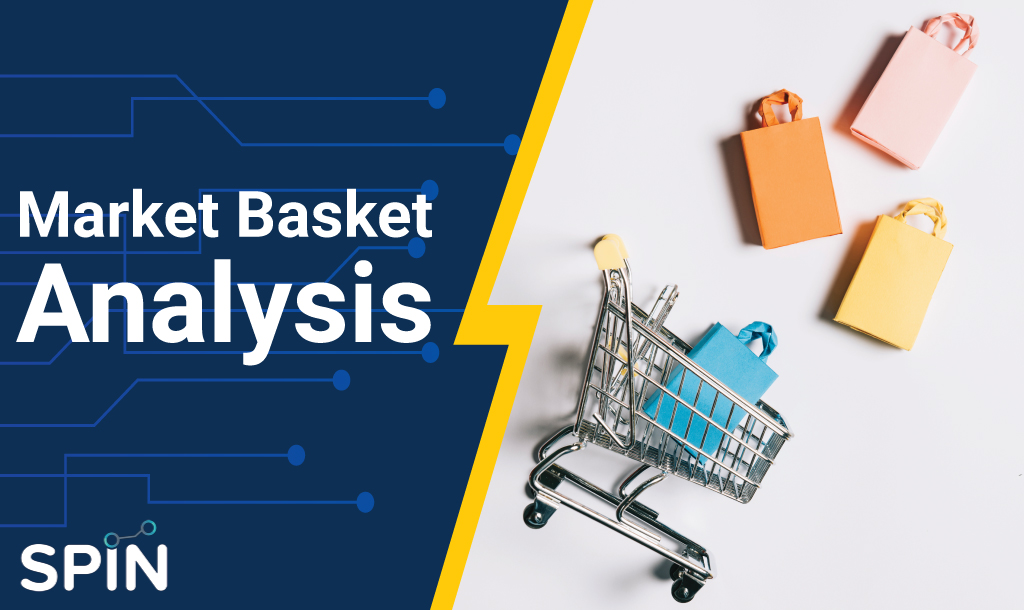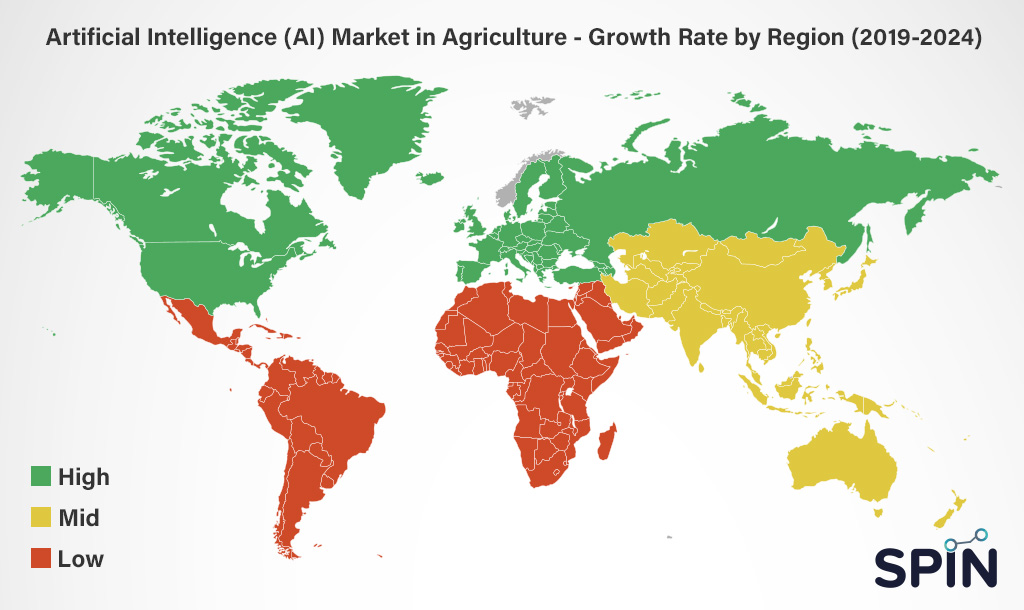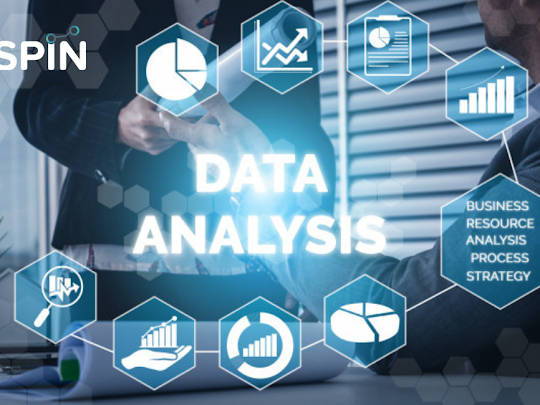To be honest, designing business marketing campaigns for existing customers is as difficult as nailing jelly to a tree. That’s given.
To accomplish this feat of tough analysis, access to a list of customers, email addresses, and purchase data is imperative, but the tricky part remains unattended- sending meaningful insights that will boost a customer’s lifetime value and trigger a repeated purchase.
This trick of accurately targeting customers has been cracked by big enterprises with the help of in-house Data Science teams using a particular approach. The name of their approach is- Market Basket Analysis (MBA).
It is one of the key approaches adopted by renowned retailers to unravel the link between items. One of the basic principles of this approach is to track the combination of items that occur together repeatedly in the transactions.
In simple words, it enables retailers to determine the relationship between the items that consumers purchase. Let’s dig deep for a better understanding.
At the core
The very base of MBA, popularly known as Affinity Analysis, is depended on Data Mining, which uses Association Rule Learning to determine the bond between customers and the attributes associated with them.
The more common and stronger a relationship is, the quicker you can put your customers into segments for future analysis. All that is needed for this initiative is customer and order data.
A scenario– In a grocery store, there are numerous products, out of which consumers can lay their hands on any particular group of things. Say Peanut butter and jelly, cream cheese and turkey, etc. Using Market Basket Analysis on the grocery store data, it will be a piece of cake to determine which products are brought together by customers. Adding a feather in its cap is- discovering new bonds between customers and newer product combinations.
Read More for Related Blogs:
How to make your Season Sales more efficient? Only AI has the answer
To comprehend the relationship between Customer Buying Behavior and MBA in detail, read on.
Comprehending Customer Buying Behavior using MBA
With MBA comes the good news of unearthing the connections between the purchasing pattern of customers, by determining the products or menu items that appear frequently in transactions.
Smart retailers can evaluate this relationship between the products, which consumers purchase and can use this data to come up with new products or pricing models for maximum revenue.
Here are some smart ways to make use of such insights from MBA:

- Cross-Sell: Group products which customers buy often from the store
- Marketing promotions: Focus marketing campaigns to customers and lure them to buy products for an item recently bought
- Web stores- Propose associated items that are frequently purchased together (“Customers who purchased this product, also viewed this product”)
To read the maximum benefits of this analysis, hiring the services of an expert in the field is the only option.
How SPIN’s MBA Analysis expertise helps
It comes as no surprise that MBA is applied to different segments of the retail sector to pump up sales and open new streams of revenue sources by determining the requirements of the customer and making purchase offers to them.
Banking on this theory, SPIN uses MBA to help its clients with:
Cross-Selling: A sales technique that enables the seller to suggest a related product to a customer after the first purchase is made. With SPIN’s MBA, retailers can comprehend consumer behavior and pitch the right product for cross-selling.
Product Placement: It is a technique to place complementary and substitute goods together for the customer to buy them together. Using SPIN’s MBA, retailers can determine the goods, which a customer is more likely to buy together.
Detection of fraud: MBA contains credit card usage details and it can be used to determine the purchasing behavior to detect fraud possibility. SPIN’s MBA will prevent your retailer business from such adversities too.
Customer Behavior: SPIN’s MBA helps to comprehend customer behavior under a host of different conditions, enabling the retailer to determine the connection between two products, which people purchase, and get the knowledge of the customer’s buying behavior.
SPIN’s MBA is the combo of AI and ML
Businesses want to evaluate the different angles of customer behavior inside a store. With the right data sets to determine customer behavior of retail stores, businesses can categorize data to define the :
- Right product association
- Trip types
- Point of sale and marketing
After analysis of the consumer behavior inside a retailer store, AI and ML techniques powered by SPIN Strategy algorithms are applied to reap the following benefits for the retail business:
- Develop lucrative combo offers
- Place associate products together in the store
- Customize the layout of the eCommerce site catalog
- Manage inventory based on the products with better demand
- Categorize different shopping trips to generate the best shopping experience
- Create customer profiling and apply segmentation using buying pattern
- Determining the best product association
To wrap it up
Market Basket Analysis is used by some of the biggest companies in the world to make informed and strategic business decisions.
Here at SPIN Strategy, our professionals can help you perform such an analysis on your customer base to drive your market growth and design your product.
Interested in exploring MBA? Visit: https://www.spinanalyticsandstrategy.com/
Artificial Intelligence – Leading the way towards global development!















Great content! Super high-quality! Keep it up! 🙂